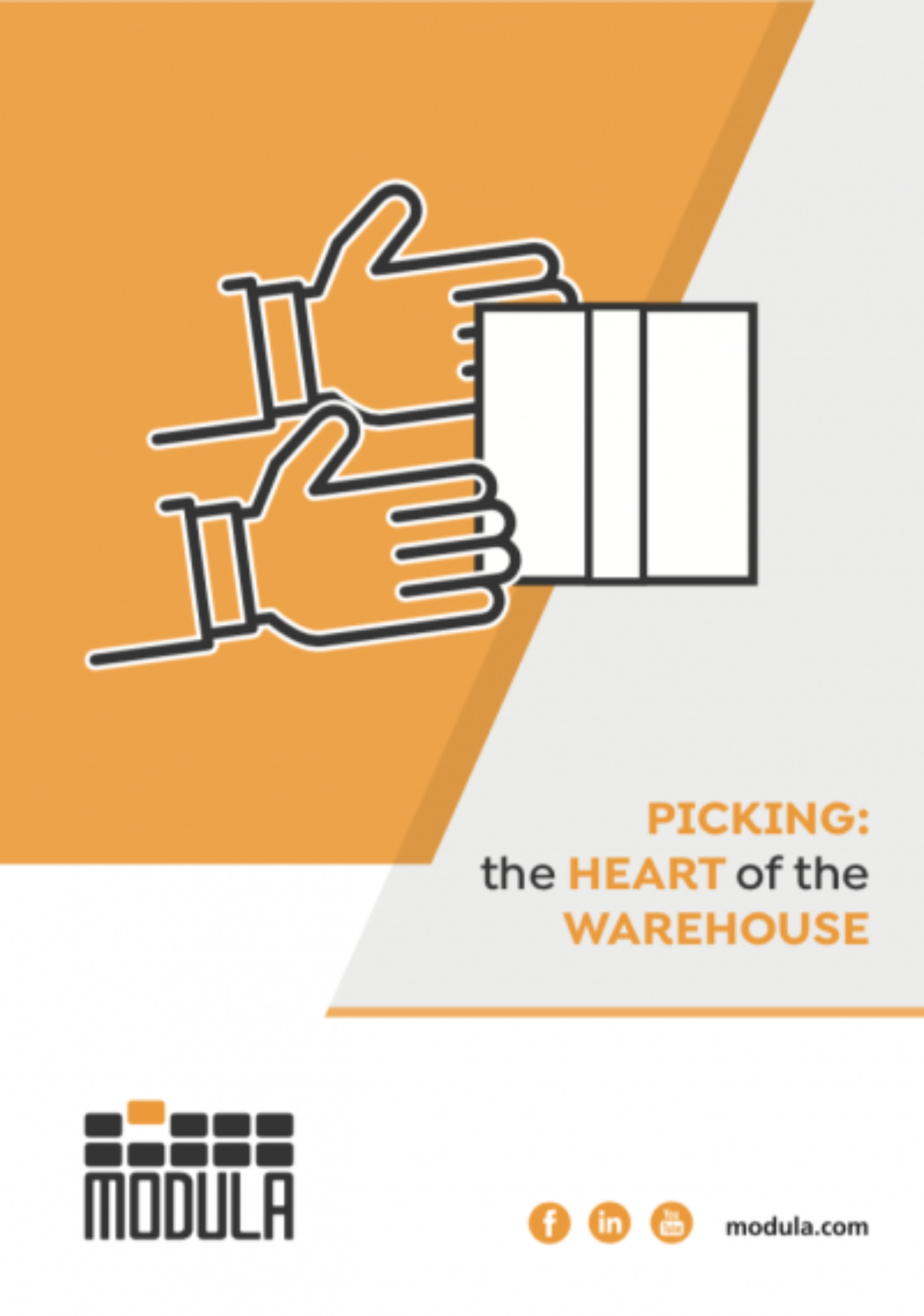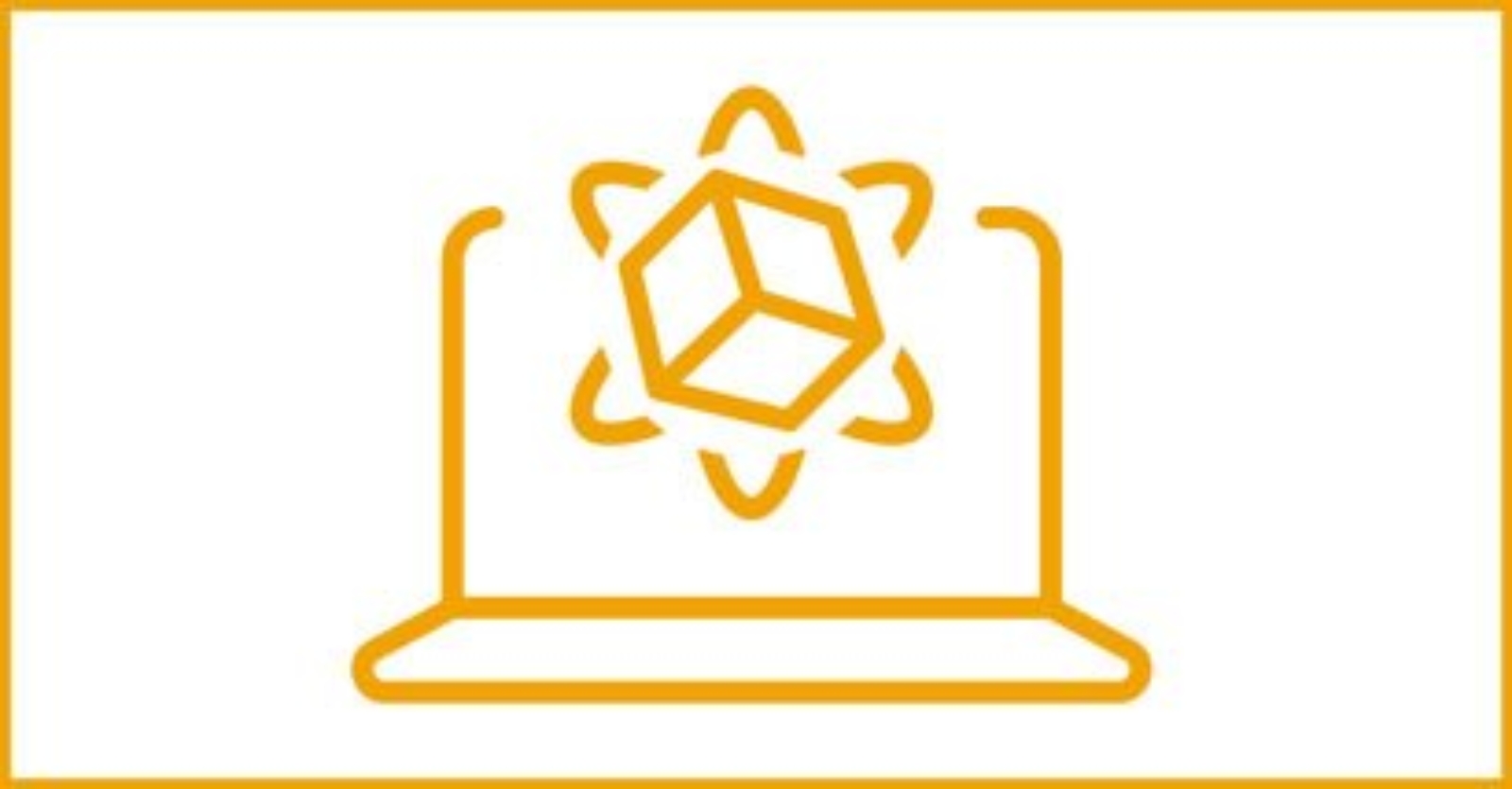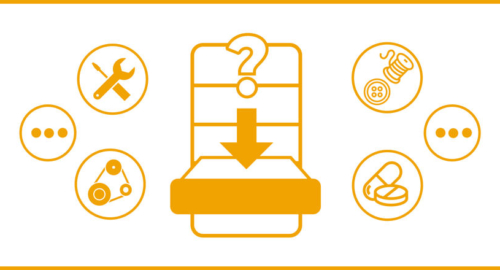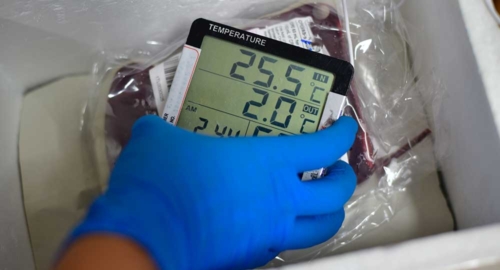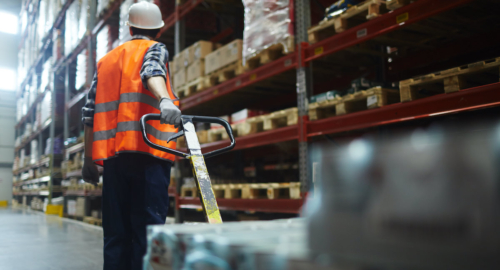Dynamic simulation is a technique based on mathematical models which seeks to predict how a system or facility behaves in various alternative scenarios.
As it’s designed to minimise risks, simply base your approach on programs and 3D simulation systems, mapping all your Company’s logistics processes and comparing various scenarios. In this way, dynamic simulation is able to identify risks, bottlenecks or simple fluctuations in internal or external flows in the logistics process, and can, at the same time, be used to check system performance efficiently, with constant monitoring of any deviation from the benchmarked operating values set during the design phase.
The main areas in which you would use dynamic simulation are:
- Monitoring and optimisation of the layout of storage and handling systems (traditional and/or automated). The goal is to identify and remove bottlenecks, as well as optimise investment (value engineering)
- Monitoring and optimisation of strategies and tactics for the correct use of storage and handling systems which are then to be implemented in operations management or automation control software, such as: storage policy, picking optimisation, allocation of tasks to forklift drivers or AGVs according to various usage scenarios (average day, peak, unbalanced mix, faults, etc.)
- Monitoring and optimisation of planning methods and production management, machine load, etc.
- Planning of daily activities in a Distribution Centre, with monitoring of the effect of various alternative ways of using available resources based on a detailed model
- Comparison of theoretically obtainable performance levels of the current system against those achieved in reality (benchmarking)
- Advanced 3D animated presentation of the systems under analysis
This example of a dynamic simulation is for an automatic warehouse (but very similar to other types of facility) and the method used to perform it can be summarised in the following steps:
- Definition of objectives, data collection and validation of conceptual model
Each system can be modelled differently according to the objectives assigned to it. A warehouse simulation requires accurate inputs (flows, performance, management rules, etc.), so it’s very important to get the data collection phase right. The aim of the conceptual model is to share all the studied scenarios, hypothetical cases and assumptions made between the entire design team. - Development of software model and experimental campaign project
Once the conceptual model has been “translated” into the language of a warehouse dynamic simulation, we define the different scenarios to be tested, the level of confidence expected for the comparison of output results and we then estimate the number of runs to be launched. - Processing outputs and their interpretation
In this phase, the skills of a simulator are of great value, especially if they are also an expert in logistics. In this scenario, added value is provided by their ability to transform numerical indicators into project solutions. - Illustration of results and formulation of recommendations
Even the best analysis is useless unless it is able to “communicate” its results. This phase is very important to help the Client make decisions. Generally, we use a 3D animation together with a report document which illustrate “critical” situations and the means used to resolve them.
How to optimize picking operations?
